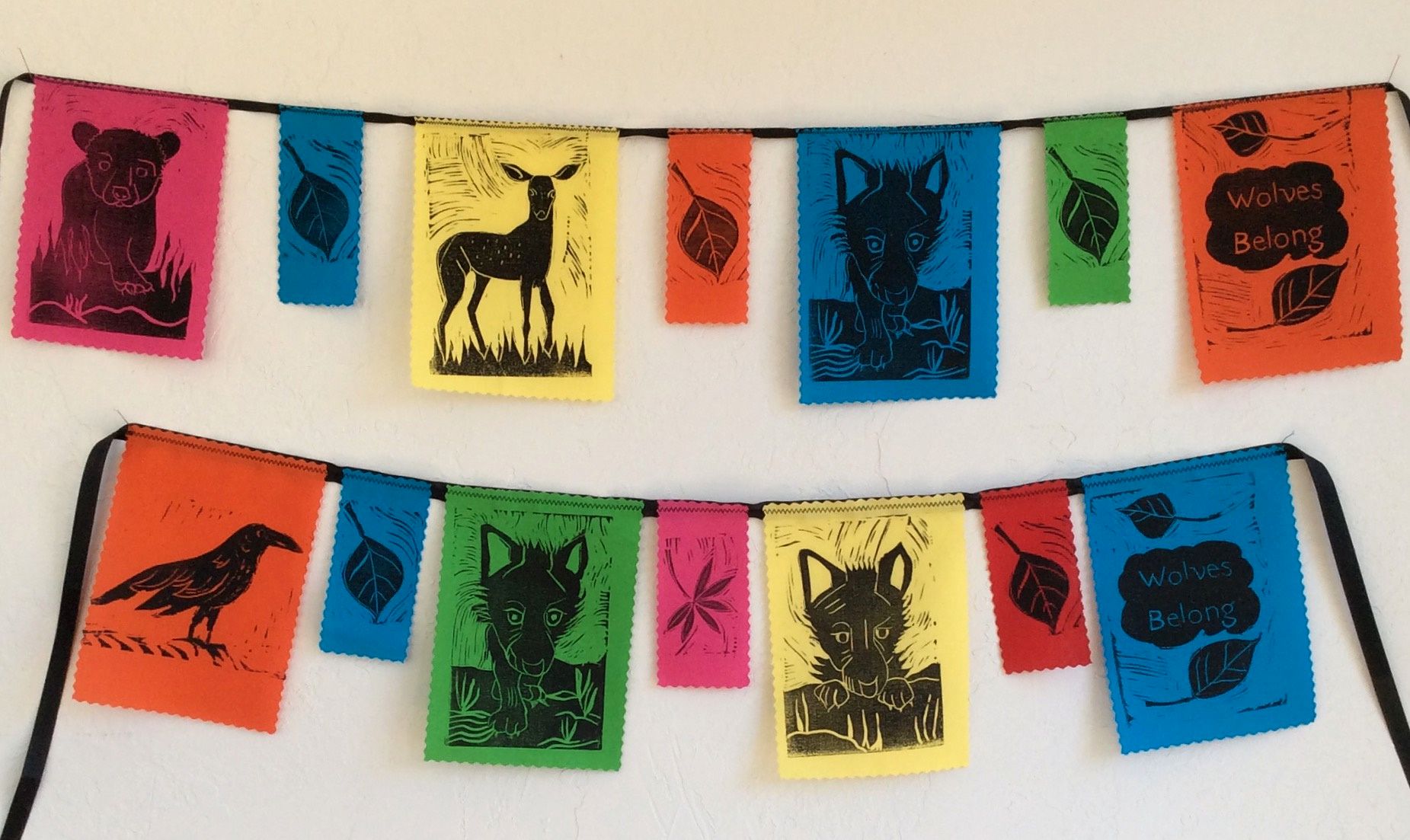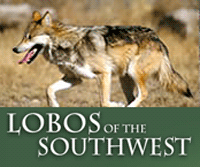For Immediate Release May 31, 2024
MEDIA CONTACTS
Michael Robinson, Center for Biological Diversity (575) 313-7017, This email address is being protected from spambots. You need JavaScript enabled to view it.
Claire Musser, Grand Canyon Wolf Recovery Project, (928) 202-1325, This email address is being protected from spambots. You need JavaScript enabled to view it.
Conservationists hope for released pups to survive in face of worsening genetic crisis
Albuquerque, NM – Advocates hope that 27 endangered Mexican gray wolf pups fostered into wild dens in Arizona and New Mexico will add genetic diversity to the population. However, concerns remain that more must be done to save this unique southwestern subspecies of the gray wolf.
“I hope all these little wolves survive and flourish, but it’s troubling that they weren’t released with their parents,” said Michael Robinson of the Center for Biological Diversity. “So many pups released this way in past years simply disappeared, so I’m not optimistic. It’s such a shame that the government didn’t release wolf packs, which would provide a much better chance of survival without separating families.”
Advocates are wishing the best for all the pups and their new adoptive families as they celebrate the boost to the Mexican wolf population. However, it isn’t just about numbers. The over-reliance on fostering is resulting in a rapidly closing window for genetic rescue of Mexican wolves as the population grows and it gets harder to increase gene diversity. Relying on cross fostering alone is taking too long to address the looming threat that inbreeding poses to the future of Mexican gray wolves.
Of the 99 captive-born wolf pups released to the wild without their parents in springtime from 2016 to 2023, just 24 were known to be alive in their first winter or thereafter, and just 18 survived to adulthood at age two. In contrast, three-quarters of the captive-born adult wolf pairs released with dependent pups in areas of adequate native prey and no other wolves where they were released, survived and successfully raised pups. The last release of a captive-born well-bonded wolf family was in 2006. Opposition to wolf family releases is counter to recovery science and is politically motivated, largely in deference to Arizona and New Mexico state wildlife agencies dominated by the livestock industry.
Pup fostering can aid wolf recovery, but the fostered pups have to survive and raise families of their own in the wild to contribute meaningfully to long-term conservation. While fostering has contributed a small amount to improving gene diversity in the wild population, it is not sufficient to address the genetic crisis. Wild Mexican gray wolves are still about as related to each other as full siblings.
The US Fish and Wildlife Service must act now to add the introduction of well-bonded families of wolves into the wild to address the genetic emergency; better aid recovery of Mexican wolves; and improve resilience, the ability to adapt in the face of a changing environment, and redundancy. Releases of well-bonded wolf families, parents with their pups, have proven to be successful and will immediately boost gene diversity, increase the number of breeding pairs, expand the distribution of lobos, and support the highly social nature of wolves. The intentional restoration of multiple wolf populations is a fail-safe against extinction.
Meanwhile, human-caused mortality, artificial boundaries, and interference with wolves roaming freely in habitat of their choosing makes changing policy even more urgent. Claire Musser, the Executive Director of the Grand Canyon Wolf Recovery Project says, “we must allow our wolves to disperse to the ideal habitat north of I-40 freely. We have so much we can learn from our dispersing wolves, and if we are serious about Mexican wolf recovery we need to start working with wolves and not against them.”
The collaborative foster efforts of the Mexican Wolf SAFE program, nonprofits like LightHawk Conservation, and biologists and technicians working on the ground should also be backed up by policy changes and robust commitment from state leadership in Arizona and New Mexico and federal leaders in the U.S. Fish and Wildlife Service and U.S. Forest Service to ensure lobos are protected wherever they may roam. Native carnivores like the Mexican gray wolf have an important role to play in the environment. Thriving wolf populations and healthy landscapes depend on the partnership demonstrated during pup fostering operations being amplified beyond pup season.
Background
The Mexican gray wolf is the southernmost subspecies of gray wolf in North America, and the most endangered. Exterminated from the wild in the United States and Mexico, seven unrelated wolves were successfully bred in captivity after the Mexican wolf was listed as endangered under the Endangered Species Act in 1976. Reintroduction into Arizona and New Mexico began in 1998. The most recent annual census shows at least 257 Mexican gray wolves in the wild in the United States and fewer than 20 in Mexico, where reintroduction began in 2011.
###





